- Overcoming financial barriers is crucial for creating innovative learning spaces, with strategies including fundraising and securing grants.
- Flexible seating options like bean bags and standing desks enhance student comfort, focus, and lesson engagement.
- Collaborative workspaces and technology integration, including interactive whiteboards and virtual reality, foster creativity and teamwork among students.
- Incorporating natural light and biophilic design elements improves student well-being and cognitive function, supporting overall academic performance.
In recent years, there has been a shift in how educators approach classroom design. The usual rows of tables facing the front of the room are being replaced with flexible seating arrangements, collaborative workspaces, and technology integration.
These innovative learning spaces are not only changing the physical environment of classrooms but also redefining how students engage with their learning. This blog will explore critical points about innovative learning spaces and how they are revolutionizing education.
Overcoming Financing Roadblocks
Creating the ideal learning space can be a challenge, especially when it comes to financing. So, before you can get started on designing your classroom, it’s essential to develop a budget and come up with creative ways to fundraise or secure donations.
This could include reaching out to local businesses for sponsorships or applying for grants specifically aimed at funding innovative learning spaces. Additionally, there are other ways you can finance your project. For example, partnering with a school development firm that offers various charter school financing options can provide support for your project and help you navigate the financial aspects of creating an innovative learning space.
They can also provide guidance on how to effectively use your budget to create the most impactful learning environment for your students. They can help you build a space that not only meets your educational goals but also stays within your budget.
Flexible Seating
One of the hallmarks of innovative learning spaces is flexible seating. Gone are the days of uncomfortable desk chairs; instead, students have a variety of seating options to choose from, such as bean bags, standing desks, and floor cushions. This allows students to select a seating arrangement that is most comfortable for them and can help improve focus and concentration during lessons.
Collaborative Workspaces

Another critical feature of innovative learning spaces is the emphasis on collaboration. Instead of working individually at their desks, students are encouraged to work together in small groups or pairs. Collaborative workspaces include tables that can be easily moved around, whiteboard walls for brainstorming ideas, and digital platforms for sharing work in real time. This fosters teamwork skills and encourages creativity among students.
Natural Light and Biophilic Design
Studies have shown that natural light can positively impact student performance and well-being. Innovative learning spaces prioritize natural light by incorporating large windows, skylights, or solar tubes into classroom design. Additionally, biophilic design elements such as plants, living walls, or nature-inspired artwork can help reduce stress levels and improve cognitive function among students.
Technology Integration
Technology plays a crucial role in modern education, and innovative learning spaces are no exception. Here are four ways technology is integrated into these spaces:
Interactive Whiteboards
These large touch screens allow teachers to create dynamic and engaging lessons that incorporate multimedia, such as videos, images, and interactive activities. Additionally, students can use the whiteboards to collaborate and share their work with the class.
Virtual and Augmented Reality
Virtual and augmented reality technology allows for immersive learning experiences that can enhance traditional classroom lessons. Students can explore historical landmarks, travel to different countries, or even visit outer space without leaving the classroom.
Digital Platforms
Innovative learning spaces often use digital platforms, such as Google Classroom or Microsoft Teams, to streamline communication and collaboration between students and teachers. These platforms allow for real-time sharing of work, feedback, and access to educational resources.
Robotics and Coding
 Integrating robotics and coding into the curriculum can help develop critical thinking, problem-solving, and teamwork skills among students. In innovative learning spaces, students may have access to programmable robots and coding software, allowing them to learn and create through hands-on experiences.
Integrating robotics and coding into the curriculum can help develop critical thinking, problem-solving, and teamwork skills among students. In innovative learning spaces, students may have access to programmable robots and coding software, allowing them to learn and create through hands-on experiences.
By integrating technology into innovative learning spaces, educators can create a more engaging and interactive learning environment for students. This not only helps to improve academic performance but also prepares students for the increasingly digital world they will enter after graduation. As technology continues to advance, it is essential for education systems to adapt and integrate it in meaningful ways to benefit students’ learning experiences.
The evolution of classroom design towards innovative learning spaces represents a transformative shift in education. By overcoming financing challenges, embracing flexible seating, fostering collaborative workspaces, prioritizing natural light and biophilic design, and integrating advanced technology, these environments are revolutionizing how students engage with their learning.
This holistic approach enhances academic performance and prepares students for a future in an increasingly digital world. As educators continue to innovate and adapt, the possibilities for enriching students’ educational experiences are boundless, promising a brighter future for all learners.



